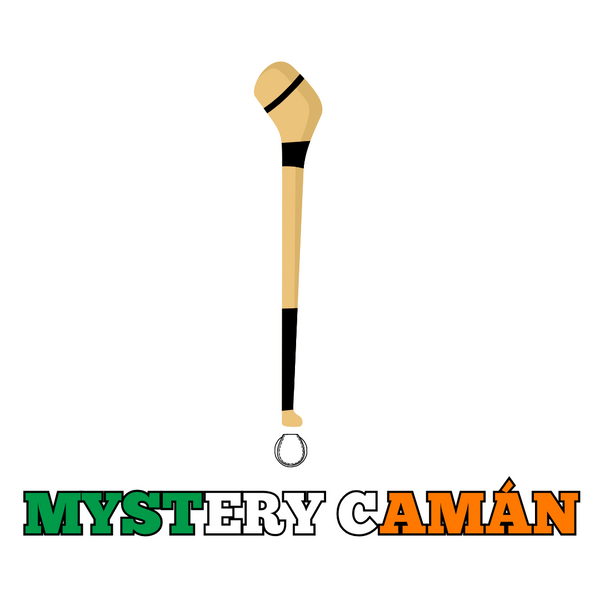A Heritage Recognised Worldwide
Hurling is the oldest field game still played in Ireland. People often call it the fastest too. In 2018 it was added by UNESCO to the list of living cultural traditions. For Irish people that was not news, because they already knew it mattered more than just a match or a pastime.
The game is tied to memory, to families, and to community life. It has carried on through changes in history and stayed part of the culture no matter what happened. That is why people see it not only as a sport but as something that tells who they are.
Deep Roots in Myth and History
Hurling is found in the oldest Irish stories. Cú Chulainn is remembered with a hurley in his hand. Old law texts even talk about the stick itself, showing that it was not a casual thing but something recognised in daily life. This makes clear that hurling is not new, not even modern, but part of Irish society for as long as anyone can look back.
Later, when Irish culture was under pressure, the game stayed on. It was there when language and music were being pushed aside, and it reminded people of who they were.
A Game of Community and Place
Every parish in Ireland has its club, and that is where the meaning of hurling really sits. It is not only the players but the volunteers, the coaches, and the families who keep it alive. Children start with it in school, and for many of them it becomes part of growing up.
The local pitch is not just a field. It is a meeting point, a place to belong, and something that holds a community together. The GAA has been central to this for over a century, making sure the sport is not lost and remains rooted in local pride.
Passing It On to New Generations
The way hurling lasts is simple. One group passes it on to the next. Schools teach it. Clubs train the young. Families encourage their children. The process is quiet but steady. A child with a hurley is not only learning to hit a ball but learning how to join in with something bigger.
Museums and cultural groups keep the record of its past, but the real preservation is not in books or displays. It is in play itself, in the act of learning from someone older. That is what makes it living and not something frozen in history.
Hurling as a Symbol of Resistance and Pride
In the nineteenth century the Irish language and traditions were losing ground. At that point the GAA stepped in and hurling became tied to the wider revival of Irish culture. To play the game was to take part in something larger than sport. It meant holding on to identity at a time when that identity was under attack.
That weight of meaning has stayed attached to hurling. People remember the skill and the championships, but they also remember how it once stood as proof that the culture had not disappeared.
Growth and Modern Presence
Hurling has not been left behind. In recent years clubs have opened in places where the game was weak before. Starter packs have been handed out to make it easier for new players. At the same time, top players train in modern ways, using fitness programmes that would not look out of place in any professional sport.
Still, even with these changes, the nature of hurling is the same. It is close to the parish, close to the people, and connected to Irish identity in a way that is hard to explain unless you have seen it yourself.
More Than a Game
From the outside hurling can look like speed and skill and little else. For those who live with it, it is history, memory, and belonging. It is played in small towns and big cities. It is spoken of in songs and remembered in stories. It has been passed from generation to generation, carrying meaning all the way. Hurling is more than competition and more than sport. It is one of the strongest marks of Irish identity, kept alive not by words but by the people who still take to the field with a hurley and a sliotar.

